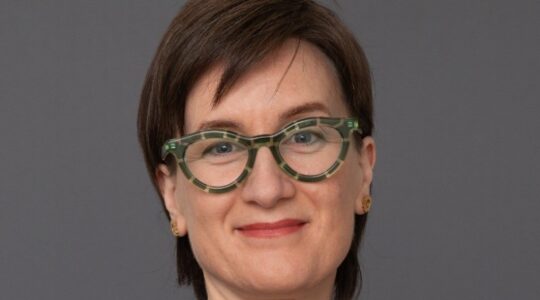By Shane Rodgers
A growing proportion of the Australian workforce is bucking traditional work norms and adopting more radical and flexible career options.
This includes more “portfolio” and multi-job careers, self-employment, working past the traditional retirement age and opting for part-time work.
These trends have been coupled with the residuals from the workplace shake-up during the COVID-19 pandemic, resulting in a higher proportion of work-from-home or work-from-anywhere employees.
Recently-released Australian Bureau of Statistics figures show 6.7 percent of the working population held multiple jobs in 2023, the highest level since at least 1994.
Multiple job holdings only moved consistently above 6 percent of the workforce in 2021 and now more than 970,000 do more than one role. Multiple job holding is more prevalent among women (7.5 percent) than men (six percent).
Workers aged 20 to 24 are the most likely group to have a portfolio of roles (8.4 percent) and, by volume, professionals are the largest group of multi-role workers at 140,000.
While there has been considerable attention given to companies “forcing” employees back into physical workplaces, the pandemic has left ongoing legacies.
ABS data for August 2023 shows that 37 percent of Australians still work regularly from home. This was down from the 40 percent peak in 2021 but still five percentage points above the pre-pandemic level.
ABS head of labour statistics Bjorn Jarvis said managers and professionals were most likely to be working at home, with 60 percent doing that regularly compared with 22 percent across the broader population.
“Prior to the pandemic, the percentage of employed people working from home regularly had been steadily increasing by around a percentage point every two years,” Mr Javis said.
“It jumped by around eight percentage points between August 2019 and August 2021, from around 32 to 40 percent, when the restrictions around the (COVID) Delta variant were in effect across much of South-East Australia.”
At the older end of the employment scale, there is a clear trend towards working for longer, and returning to work after a first or second go at retirement.
Between 2001 and 2021 the workforce participation rate for Australians over 65 more than doubled (6.1 percent to 15 percent).
Last year the National Seniors organisation said that, based on ABS figures, 40 percent of the nearly 500,000 who entered the labour force over the three years to October were over the age of 55. That is around 200,000 unretirees!
This meant that nationally 19.6 per cent of all workers were aged over 55, up from just 11.4 percent 20 years ago.
Similar quantum changes are happening in part-time work. Between 2014 and 2022, the proportion of male employees working part-time in their main job jumped from 13.2% to 16.4%. For women, the jump was even greater – 40.6% to 46.4%.
There are also signs that growing numbers are working for themselves rather than as traditional employees. The number of sole proprietors in Australia jumped by more than 150,000 (24%) between 2018 and 2023 (630,000 to 784,000).








